Lane K Smith
age ~37
from Dallas, TX
Lane Smith Phones & Addresses
- 2660 N Haskell Ave APT 3172, Dallas, TX 75204
- Phoenix, AZ
- Oklahoma City, OK
- Norman, OK
- Jonesboro, AR
- Valley, AL
Work
-
Company:Desertscape internet technolog
-
Address:1316 N Gaylord Cir, Mesa, AZ 85213
-
Phones:6026102899
-
Position:Chairman
-
Industries:Title Abstract Offices
Name / Title
Company / Classification
Phones & Addresses
Chairman
Desertscape Internet Technolog
Title Abstract Offices
Title Abstract Offices
1316 N Gaylord Cir, Mesa, AZ 85213
President, Director, Secretary, Treasurer
HUEBNER OFFICE PLAZA OWNERS' ASSOCIATION
Civic/Social Association
Civic/Social Association
PO Box 803555, Dallas, TX 75380
5315 Jackwood Dr, San Antonio, TX 78238
5315 Jackwood Dr, San Antonio, TX 78238
SMITH-CAIN PROPERTIES, LLC
Dallas Bathtub Pros
Bathtub Refinishing
Bathtub Refinishing
1717 Mckinney Ave, Dallas, TX 75202
4692002544
4692002544
Owner
The Motor Cycle Service Shop
Repairs & Retails Motorcycles
Repairs & Retails Motorcycles
7006 E Jensen St, Mesa, AZ 85207
Director
LWS INC
17412 W Elaine Dr, Goodyear, AZ 85338
Director 13046 N Kenosha Blf Dr, Marana, AZ 85658
Director 13046 N Kenosha Blf Dr, Marana, AZ 85658
Branch Manager
Serenicare LLC
Funeral Service/Crematory · Nonclassifiable Establishments
Funeral Service/Crematory · Nonclassifiable Establishments
1525 W University Dr, Tempe, AZ 85281
Treasurer,Chairman
DATEC, INC
Medicine Doctors

Lane F. Smith
view sourceSpecialties:
Plastic Surgery, Otolaryngology
Work:
Smith Plastic Surgery Institute
8871 W Sahara Ave, Las Vegas, NV 89117
7028382455 (phone), 7028387055 (fax)
8871 W Sahara Ave, Las Vegas, NV 89117
7028382455 (phone), 7028387055 (fax)
Education:
Medical School
University of Utah School of Medicine
Graduated: 1988
University of Utah School of Medicine
Graduated: 1988
Conditions:
Acute Pharyngitis
Acute Sinusitis
Acute Upper Respiratory Tract Infections
Allergic Rhinitis
Benign Paroxysmal Positional Vertigo
Acute Sinusitis
Acute Upper Respiratory Tract Infections
Allergic Rhinitis
Benign Paroxysmal Positional Vertigo
Languages:
English
Spanish
Spanish
Description:
Dr. Smith graduated from the University of Utah School of Medicine in 1988. He works in Las Vegas, NV and specializes in Plastic Surgery and Otolaryngology. Dr. Smith is affiliated with Kindred Hospital Sahara and Summerlin Hospital Medical Center.

Lane R. Smith
view sourceSpecialties:
Emergency Medicine
Work:
Stark County Emergency Physicians
1320 Mercy Dr NW, Canton, OH 44708
3304927972 (phone), 3304927646 (fax)
1320 Mercy Dr NW, Canton, OH 44708
3304927972 (phone), 3304927646 (fax)
Education:
Medical School
University of Toledo College of Medicine
Graduated: 2007
University of Toledo College of Medicine
Graduated: 2007
Languages:
English
Description:
Dr. Smith graduated from the University of Toledo College of Medicine in 2007. He works in Canton, OH and specializes in Emergency Medicine. Dr. Smith is affiliated with Mercy Medical Center.

Lane Fielding Smith
view sourceSpecialties:
Otolaryngology
Plastic Surgery
Plastic Surgery
Education:
University of Utah (1988) *
Mayo Medical School (2001) *Plastic Surgery
The University of Texas at Galveston (1993) *Otolaryngology
The University of Texas at Galveston *Otolaryngology
Mayo Medical School *Plastic Surgery
Stanford University (1994) *
Mayo Medical School (2001) *Plastic Surgery
The University of Texas at Galveston (1993) *Otolaryngology
The University of Texas at Galveston *Otolaryngology
Mayo Medical School *Plastic Surgery
Stanford University (1994) *
License Records
Lane L Smith
License #:
RS116829A - Expired
Category:
Real Estate Commission
Type:
Real Estate Salesperson-Standard
Us Patents
-
Method And Apparatus For Generating One Or More Clock Signals For A Decision-Feedback Equalizer Using Dfe Detected Data In The Presence Of An Adverse Pattern
view source -
US Patent:7599461, Oct 6, 2009
-
Filed:Sep 29, 2006
-
Appl. No.:11/541498
-
Inventors:Pervez M. Aziz - Dallas TX, US
Vladimir Sindalovsky - Perkasie PA, US
Lane A. Smith - Easton PA, US -
Assignee:Agere Systems Inc. - Allentown PA
-
International Classification:H03D 3/24
-
US Classification:375373, 375229, 375230, 375231, 375232, 375233, 375371
-
Abstract:Methods and apparatus are provided for generating one or more clock signals for a decision-feedback equalizer using DFE detected data, in the presence of an adverse pattern, such as a Nyquist pattern. A received signal is sampled using a data clock and a transition clock to generate a data sample signal and a transition sample signal. A DFE correction is obtained for each of the data sample and transition sample signals to generate DFE detected data and a DFE transition data. The DFE detected data and DFE transition data are then applied to a phase detector that generates a signal to adjust a phase of one or more of the data clock and transition clock. One or more of said phase updates are modified by the present invention if said DFE detected data satisfies one or more predefined conditions. A number of mechanisms are disclosed for qualifying or modifying the DFE phase detector updates based on the detected data pattern.
-
Method And Apparatus For Generating One Or More Clock Signals For A Decision-Feedback Equalizer Using Dfe Detected Data
view source -
US Patent:7616686, Nov 10, 2009
-
Filed:Feb 17, 2006
-
Appl. No.:11/356691
-
Inventors:Pervez M. Aziz - Dallas TX, US
Gregory W. Sheets - Bangor PA, US
Lane A. Smith - Easton PA, US -
Assignee:Agere Systems Inc. - Allentown PA
-
International Classification:H03H 7/30
-
US Classification:375233
-
Abstract:Methods and apparatus are provided for generating one or more clock signals for a decision-feedback equalizer using DFE detected data. A received signal is sampled using a data clock and a transition clock to generate a data sample signal and a transition sample signal, respectively. A DFE correction is obtained for each of the data sample and transition sample signals to generate DFE detected data and a DFE transition data. The DFE detected data and DFE transition data are then applied to a phase detector that generates a signal to adjust a phase of one or more of the data clock and transition clock. In a multi-level implementation, the received signal is sampled using a clock associated with each of the levels and the samples are latched using a vertical slicing technique to generate DFE data associated with each of said levels.
-
Method For Training A Transceiver For High Speed Communications
view source -
US Patent:7706487, Apr 27, 2010
-
Filed:Oct 12, 2004
-
Appl. No.:10/964056
-
Inventors:Pervez Mirza Aziz - Dallas TX, US
Donald Raymond Laturell - Allentown PA, US
Mohammad Shafiul Mobin - Orefield PA, US
Gregory W. Sheets - Bangor PA, US
Lane A. Smith - Easton PA, US -
Assignee:Agere Systems Inc. - Allentown PA
-
International Classification:H04B 1/10
-
US Classification:375350
-
Abstract:In training a SERDES, a Common Electrical Interface (CEI) training frame, having certain bits of information embedded therein, is transmitted over a path which comprises transmitter, channel, and receiver components. The present invention analyzes the resulting received signal and determines the effective aggregate channel impulse response of these three components. The invention then determines an estimate of the inverse of this aggregate channel and uses this determination to reduce distortions that have been introduced into a signal that has been transmitted over the path.
-
Methods And Apparatus For Improved Jitter Tolerance In An Sfp Limit Amplified Signal
view source -
US Patent:8040984, Oct 18, 2011
-
Filed:Dec 31, 2007
-
Appl. No.:11/967602
-
Inventors:Pervez M. Aziz - Dallas TX, US
Adam B. Healey - Newburyport MA, US
Mohammad S. Mobin - Orefield PA, US
Gary E. Schiessler - Allentown PA, US
Gregory W. Sheets - Breinigsville PA, US
Lane A. Smith - Easton PA, US
Paul H. Tracy - Lehigh PA, US
Geoffrey Zhang - Allentown PA, US -
Assignee:Agere System Inc. - Allentown PA
-
International Classification:H04L 25/08
H04L 7/10
H04L 7/00 -
US Classification:375346, 375345, 375371
-
Abstract:Methods and apparatus are provided for improving the jitter tolerance in an SFP limit amplified signal. Jitter tolerance is improved in a communications receiver by applying a received signal to an SFP limiting amplifier; and applying an output of the SFP limiting amplifier to a low pass filter to improve the jitter tolerance. The low pass filter optionally applies a programmable amount of attenuation to high frequency components of the output. The low pass filter slew rate controls (i. e. , rotates) a data eye representation of the received signal to increase the data eye representation along a time axis. The noise margin of the received signal can optionally be improved by applying an output of the low pass filter to an all pass filter. A slew rate controller can evaluate the data eye statistics to determine a setting for the low pass filter.
-
Methods And Apparatus For Determining Receiver Filter Coefficients For A Plurality Of Phases
view source -
US Patent:8107522, Jan 31, 2012
-
Filed:Oct 11, 2007
-
Appl. No.:11/870908
-
Inventors:Pervez M. Aziz - Dallas TX, US
Mohammad S. Mobin - Orefield PA, US
Lane A. Smith - Easton PA, US -
Assignee:Agere Systems, Inc. - Allentown PA
-
International Classification:H03H 7/30
-
US Classification:375233, 375229, 375230, 375231, 375232, 375234, 375316, 375317, 375340, 375344, 375345, 375346, 375350, 708300
-
Abstract:Methods and apparatus are provided for determining receiver filter coefficients for a plurality of phases. One or more coefficients for a receiver filter are determined by determining a first coefficient for a first phase of a data eye; and determining a second coefficient for a second phase of the data eye. The receiver filter may be, for example, a decision-feedback equalizer. The first and second coefficients may be determined by performing an LMS adaptation of decision-feedback equalization coefficients. In another embodiment, the first and second coefficients may be determined by obtaining eye opening metrics from a data eye monitor corresponding to each of the respective first phase and the second phase; and determining the respective first and second coefficients based on the eye opening metrics. The first and second phases can correspond to odd and even phases.
-
Method And Apparatus For Rate-Dependent Equalization
view source -
US Patent:8315298, Nov 20, 2012
-
Filed:Oct 31, 2007
-
Appl. No.:11/930780
-
Inventors:Pervez M Aziz - Dallas TX, US
Mohammad S Mobin - Orefield PA, US
Gregory W Sheets - Breinigsville PA, US
Lane A Smith - Easton PA, US
Paul H. Tracy - Schnecksville PA, US -
Assignee:Agere Systems Inc. - Allentown PA
-
International Classification:H03H 7/30
-
US Classification:375232
-
Abstract:Methods and apparatus are provided for equalizing a received signal. A received signal is equalized by determining a data rate of the received signal; obtaining one or more equalization parameters associated with the determined data rate; and equalizing the received signal using the obtained one or more equalization parameters. The equalization parameters may comprise, for example, one or more of a gain parameter, zero control for a high pass filter and one or more threshold settings for one or more latches used during the equalizing step, such as data latches or transition latches (or both).
-
Method And Apparatus For Equalization Using One Or More Qualifiers
view source -
US Patent:8432959, Apr 30, 2013
-
Filed:Oct 31, 2007
-
Appl. No.:11/930814
-
Inventors:Pervez M. Aziz - Dallas TX, US
Mohammad S. Mobin - Orefield PA, US
Gregory W Sheets - Breinigsville PA, US
Lane A. Smith - Easton PA, US
Paul H. Tracy - Schnecksville PA, US -
Assignee:Agere Systems LLC - Allentown PA
-
International Classification:H03H 7/30
H03K 5/159 -
US Classification:375232, 375230, 375231
-
Abstract:Methods and apparatus are provided for equalizing a received signal. A received signal is equalized by updating one or more equalization parameters; and discarding the updated equalization parameters if one or more predefined qualifier conditions are detected during the equalizing step. The received signal can optionally be equalized using the updated equalization parameters if the predefined qualifier conditions are not detected during the equalizing step. The updated equalization parameters can optionally be stored if the one or more predefined qualifier conditions are not detected during the equalizing step.
Isbn (Books And Publications)








Youtube
Myspace

lane Smith
view sourceLocality:
yugoslavia, South Georgia and the South Sandwich Islands
Gender:
Male
Birthday:
1949
Flickr
Plaxo

Lane Smith
view sourceOwner at Inter American Resources

Laura Lane Smith
view sourceSavannah, GA

Lane Smith
view source
Dr. Toni Smith Lane
view sourceSt. Peters, MODoc Toni Chiropractic Acupuncture

Lane Smith
view sourceDriver at Western Van Service
Classmates

Lane Smith
view sourceSchools:
Columbia Township Elementary School Columbia City IN 1978-1987
Community:
Jacob Schrader

Lane Fuller (Smith)
view sourceSchools:
Milner High School Milner GA 1976-1980
Community:
Sylvia Hamby, Reba Prosser, Robert Cook, Dortha Little

Lane Taylor (Smith)
view sourceSchools:
Pepperell High School Lindale GA 1956-1960
Community:
Tracy Lawler, Gary Thacker

Lane Smith
view sourceSchools:
Greensboro High School Greensboro GA 1974-1978
Community:
Elizabeth Williams, Ann Mahaffey

Lane Smith
view sourceSchools:
Centreville Academy Centreville MS 1999-2003
Community:
Carolyn Dixon, Scotty James

Lane Smith
view sourceSchools:
Moorcroft High School Moorcroft WY 1979-1983
Community:
Kent Petersen, Robert Ekwall, Brenda Huseby, Michele Reich, Tina Rosenbaum

Lane Smith
view sourceSchools:
Florien High School Florien LA 1971-1983
Community:
Pamala Faucette, Jessica O'bryan, Tyrone Wright
Googleplus

Lane Smith
Work:
TYCO - DJ/Producer
Education:
Westmont College
Tagline:
Soundcloud.com/djtycomusic
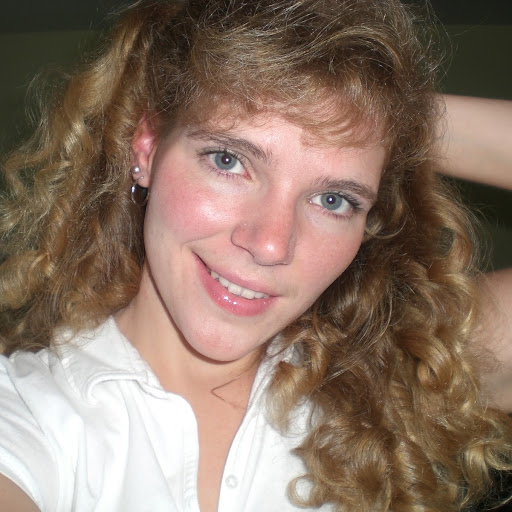
Lane Smith
Education:
James Madison University - Accounting

Lane Smith
Work:
Lamar University
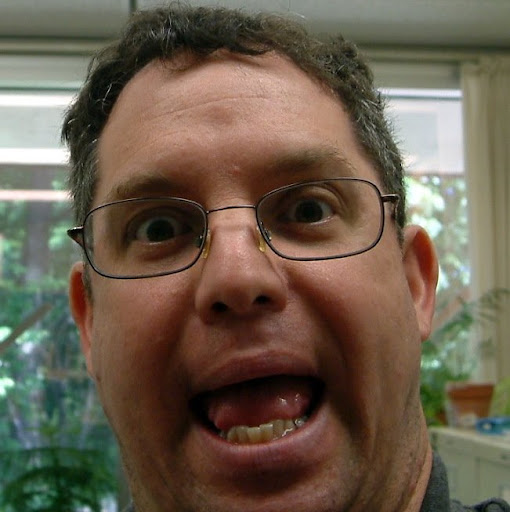
Lane Smith
Tagline:
This too shall pass
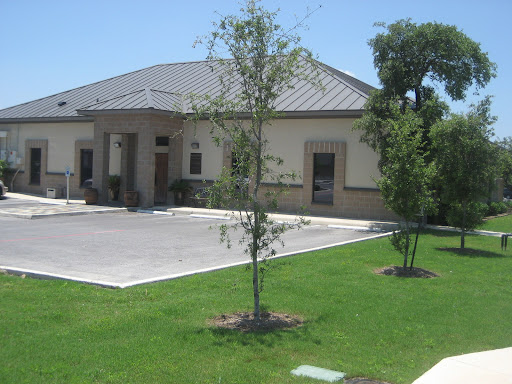
Lane Smith

Lane Smith

Lane Smith
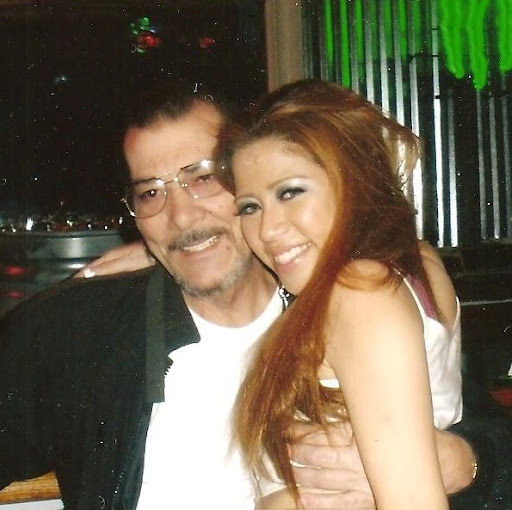
Lane Smith

Lane Scott Smith
view source
Lane Smith
view source
Lane Smith
view source
Lane Smith
view source
Lane Smith
view source
Lane Smith
view source
Lane Smith
view source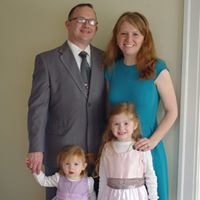
Amanda Lane Smith
view sourceGet Report for Lane K Smith from Dallas, TX, age ~37














